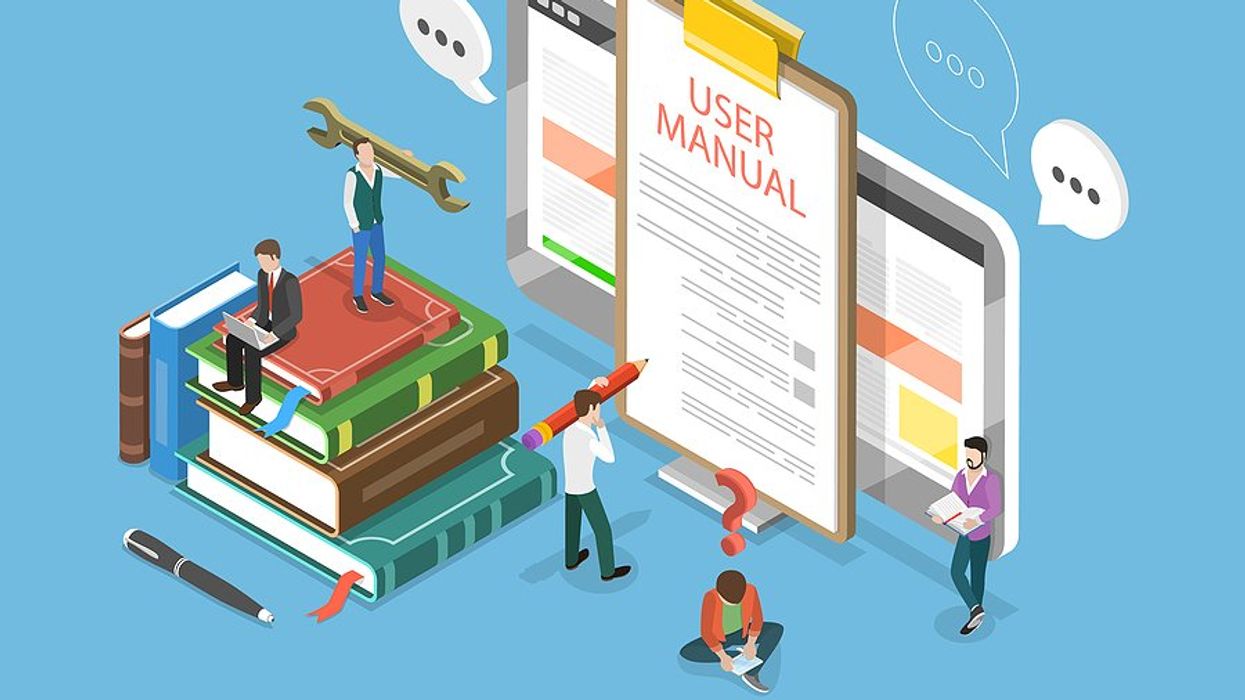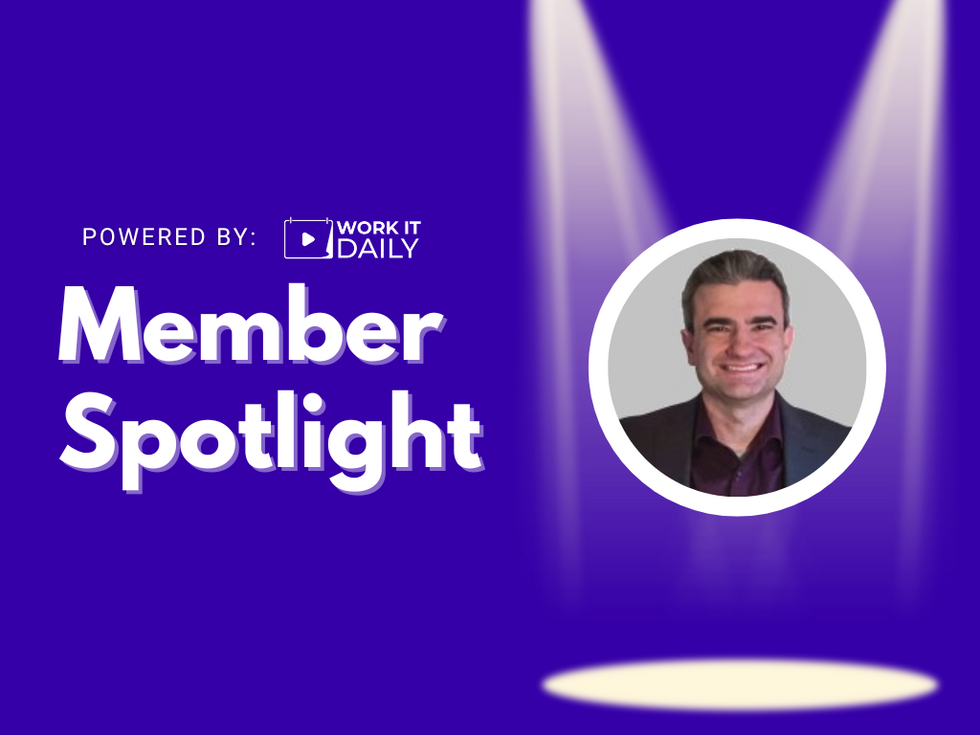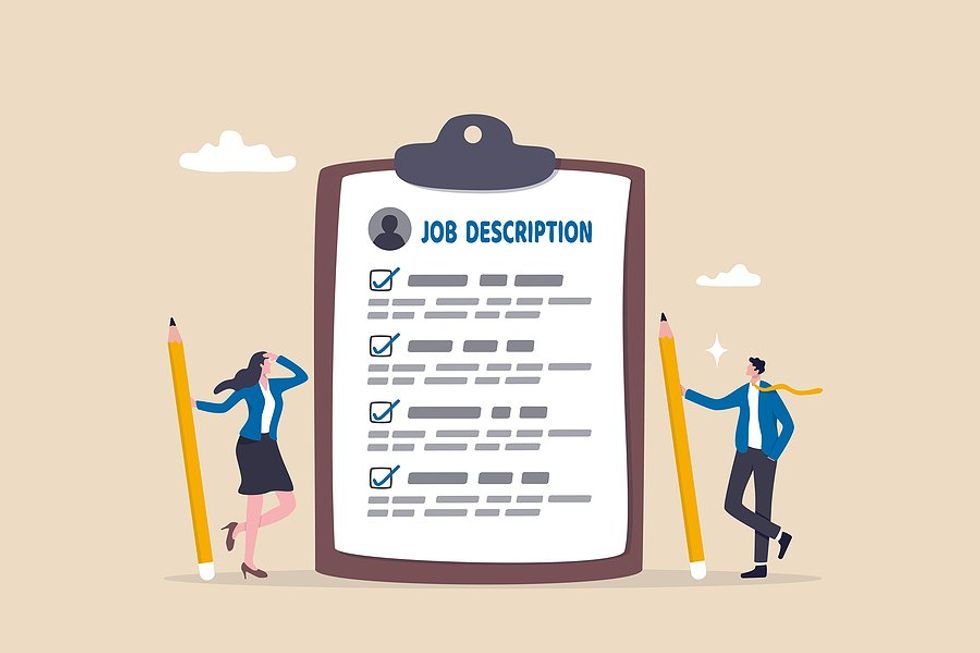14 Tips For Working From Home

If you do it right, working from home can be a positive and rewarding experience for you, your family, and your employer. Follow these tips to get the most out of working from home:
1. Understand Your Employer’s Expectations

Will your job requirements and duties be the same at home as in an office environment? How much support will you receive as a home office worker?
Some companies have very stringent guidelines about what equipment and support will be provided by the company and what will not. Companies will often provide a laptop and telephone and will support each, but not a printer or monitor, for example. It is important to clarify where your company stands and what they are willing to negotiate on.
2. Meet And Exceed Your Employer’s Expectations

You should also make sure your boss knows you are, in fact, consistently meeting and/or exceeding his or her expectations. You may work 10 hours a day, but it won’t matter if your boss doesn’t know it or you don’t get the anticipated results!
How will you communicate your efforts and results to your employer? Don’t rely on them to evaluate this. Your performance, or lack thereof, may not come up until there is a need for a scapegoat or something goes wrong.
3. Set Up A Comfortable, Separate Space For Your Work Area

This is critical to your success as a remote worker. Your space should be relatively free from distractions such as family, pets, the television, and even an attractive view if you are new to telecommuting. You should have a good quality chair and a large monitor if you are primarily working at the computer (who isn’t?).
4. Make Sure You Have Everything You Need

A computer, phone, printer, good WiFi, and an organized workspace are a given. But you will also need paper, ink cartridges (you would be surprised how quickly these seem to need to be replaced, even in a “paperless” environment), possibly letterhead, pens, sticky notes, etc.
Think about many of the things you use in your office and the well-stocked supply cabinet there. Will you visit the office periodically to replenish these common items or purchase them and be reimbursed? Iron this out in advance.
5. Set Boundaries With Your Family And Friends

This is pivotal not only to your success at working from home but to your personal relationships as well!
When you first begin telecommuting, friends and family may not understand the demands this requires of you. A friend whose sitter cancels may call you for a favor: “Can you watch the kids, since you are working at home?” You may get invitations to lunch or drinks, which down the road you may realize you can work into your schedule periodically.
In the beginning, though, you need to be careful to set a tone for your family and friends as well as good work habits for yourself.
6. Set Specific Work Times Or Goals

Goals are important to keep you on track, as well as to validate your progress. Working from home can be very positive in terms of autonomy and independence, but it can also be lonely and unfulfilling without the regular feedback that comes from working in an office.
The telecommuter needs to feel confident he or she is doing what is necessary to be viewed as successful and to feel secure in his or her job. Paranoia can set in pretty quickly without the regular input of fellow co-workers.
7. Stay Connected

It may be a good idea to start out working from home just a day or two a week and increase gradually from there. This will provide you the opportunity to slowly transition how you will communicate in a more natural way.
You will find you and your co-workers may email or call more often to stay in touch. You will determine which issues and/or co-workers to attend to and which to not. Increased productivity due to decreased co-worker distraction may be a major benefit of working from home.
8. Schedule Daily And Weekly Breaks

Many employees who work from home find they spend too much time at the computer which can decrease overall productivity. Schedule breaks into your day. Take a regular lunch (at any time you wantâno one is watching!) and stand up and walk around periodically.
You might find it helpful to set an alarm in your calendar to remind you to move away from the computer. Telecommuters may not realize they are squinting at the screen, are hungry, or, even, have to use the restroom when they get too engrossed in their work.
9. Understand Your Work Style

It is crucial for you to understand how you work best. Do you work best according to your moods? If so, keep track of your tasks according to task type: computer work, telephone work, meetings, etc. This way you can perform these tasks when you are at your best.
Your communication style plays a big role in your overall work style. Don’t know your communication style? Take our FREE quiz today!
10. Track Your Work And Progress

Your employer may have a specific way for you to track your time. It may be as simple as emailing your supervisor when you start and stop your work. It may be a more elaborate time-tracking system where you record your specific activities in time increments or journal style.
It’s probably a good idea to keep track of what you are doing in more detail. It may come in handy if you are asked to justify your time or when you would like to ask for a raise.
11. Assess Your Progress Weekly

It is important to organize your work in such a way as you are able to quickly and clearly see what you have accomplished. Make use of your favorite calendar app to keep track of this. In some industries, the billable hour or journal system (even a combination) is standard.
However you approach it, you need to be able to clearly determine that you are on target to reach your goals.
12. Make Adjustments To How You Accomplish Your Job

If something is not working, don’t be afraid to change it. As a telecommuter, you may be a pioneer in your office, company, or industry. Invest time in researching ways to improve your productivity. Don’t be afraid to ask, “Is there a quicker, better, more effective way out there?” Seek it out, albeit carefully.
Don’t jump on the first solution that comes along. Try it out tentatively. Not all solutions meet all users’ needs.
13. Ask For Help Or Input

Have regular meetings with your boss or co-workers. These meetings could be weekly, monthly, or quarterly. The meetings may be more frequent when you first begin to work from home.
Talk to others in a similar field who also telecommute. Use social media to stay in touch with your professional network and obtain advice about working from home. Be selective about which groups or lists you sign up for or follow. You don’t want social media to become a distraction rather than a way to stay in touch and get help when you need it!
14. Take Care Of Yourself

It is hard to do your best when you don’t feel your best, and it’s especially hard when you don’t have regular feedback and input from others!
Get up at a regular time and get dressed. Have your breakfast and coffee before work if that is your habit. If you usually brown-bag it, pack a lunch to eat when you are ready. Meet co-workers or friends for lunch periodically if you are in the habit of this. Set regular breaks and quitting time.
Most of all, avoid the temptation to work when it should be family time, and remember to exercise and get enough sleep.
Working from home can be a great change of pace for many professionals. But it can also be a struggle to adjust to not going into the office every day. Follow the tips above to successfully work from home, no matter what stage you are at in your career.
Need more help with your career?
Become a member to learn how to UNLEASH your true potential to get what you want from work!
This article was originally published at an earlier date.

















































